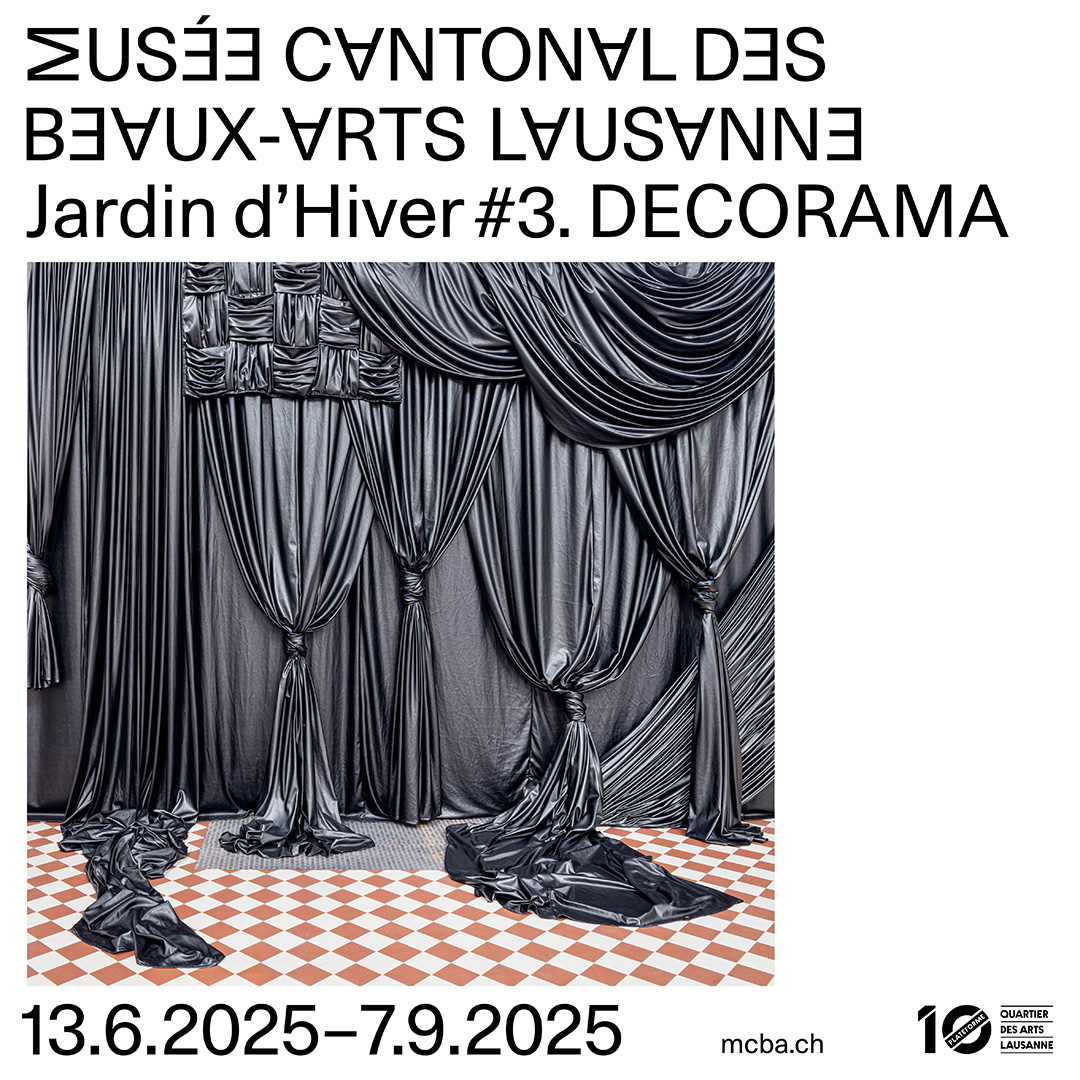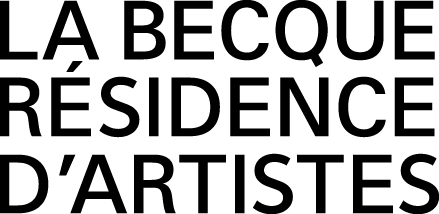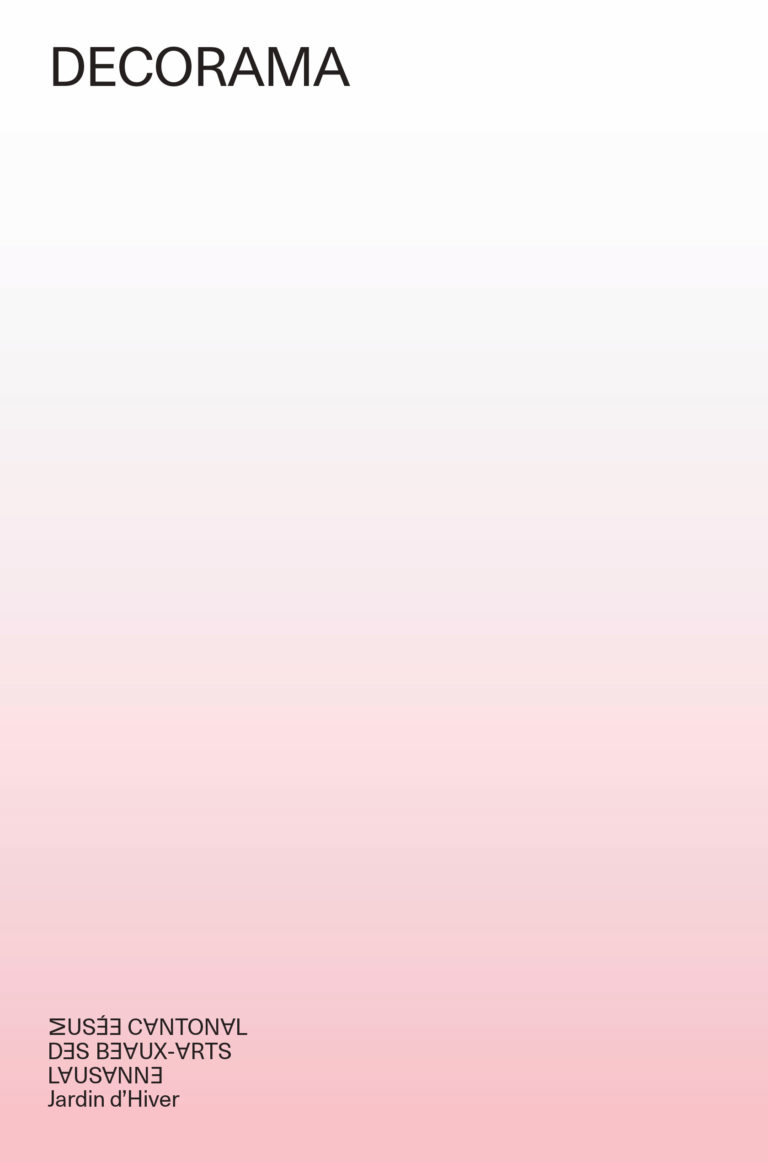
Jardin d’Hiver #3. DECORAMA
Bringing together work by ten visual artists employing ornamentation and decoration to challenge concepts of taste, class and gender, the exhibition springs from Vaud’s long tradition of developing the decorative and applied arts.
While we know today that ornamentation is a marker of humanity, the question of ornament and its value continues to fuel debates. By turns Plato and Aristotle, for example, condemned ornament and
restored it to favour. What was once seen as a meaningless imitation became, in their view, a symbol of the divine—a conduit of knowledge. Ornament has always been closely tied to the concepts of function
and beauty. For centuries, it served a moral purpose, as artisans, artists, and citizens adhered to established decorative conventions to align with the dominant social and religious order.
It was in the twentieth century, with the advent of modernism, that ornament, confused with the decorative, was invalidated, often mocked, by the functionalist and elitist discourses of architects such as Le Corbusier and Adolph Loos, and painters such as Vassily Kandinsky and Piet Mondrian. Industrialisation and mechanisation made it possible to clone motifs as one wished, relegating craftsmanship to the ranks of the so-called “minor arts”.
Ornament has long been associated with debates around gender identity and sexual orientation, with adornment—once referred to as “finery”—often being linked to the “feminine” and perceived as an unnecessary, excessive, or even monstrous frivolity. Since the rise of Postmodernism, however, ornament has reclaimed a prominent place within socalled “major” art forms. Yet, in reality, ornament has always been a persistent, unapologetic presence in art, continuously utilized (and embraced) as a formal, conceptual, and even political tool. DECORAMA showcases visual artists who use ornamentation and decoration to challenge ideas of taste, class, and gender. While the diverse practices in this exhibition might seem speculative when brought together, the exhibition remains firmly rooted in the Canton of Vaud’s long-standing tradition of developing and promoting the decorative and applied arts.
DECORAMA pays tribute to Marc Camille Chaimowicz (1947, Paris – 2024, London), who passed away just a year ago. His work and ideas served as the inspiration for this exhibition. The featured artists
Curator of the exhibition: Elise Lammer
Exhibition guideFeaturing works by
Elie Autin
Caroline Bachmann
Pauline Boudry & Renate Lorenz
Marc Camille Chaimowicz
Sebastián Dávila
Sarah Margnetti
Julie Monot
Stéphane Nabil Petitmermet
Guillaume Pilet
The format «Jardin d’Hiver»
Each edition of the biennial will be awarded to an external curator in an open competition, the aim being not only to support the region’s artists and raise their profile by displaying their work, but also to bring new perspectives to bear on the local art scene by welcoming external experts to MCBA.
Throughout the museum’s history, its dialogue with artists living and working in the canton has taken a range of approaches in terms of acquisitions and exhibitions. The latter have included both solo and group shows bringing together established and emerging artists. MCBA continues to promote the local contemporary art scene in a regular programme of events: Jardin d’Hiver builds on the earlier programmes Rencontre avec… (1972-1982), Regards sur le présent (1982-1990), Échanges d’espaces (1994-1995), Préludes and Perspectives romandes (1995-1999), as well as Accrochage [Vaud] (2003-2016).
Publication
Partners
The exhibition is supported by the Leenaards Foundation, partner of the Résonances project, which fosters dialogue between the three museums through thematic commissions to local artists.
As part of this initiative, MCBA commissioned the production of installations from Guillaume Pilet, Julie Monot, Sébastian Dávila, Sophie Jung, Alizée Quinche, Ciel Sourdeau, and the Trojans Collective studio, composed of Helena Bosch Vidal and Jessica-Maria Nassif.
The MCBA would like to thank La Becque / Résidence d’artistes for supporting the production of a work by Pauline Boudry and Renate Lorenz.
Sarah Margnetti’s wallpaper is co-published with Wallpapers by Artists



